Thanks Jeff and Tel.
Tel - I too was wondering if there is some plant-based aromatic that the wasps would not like but the bats would ignore. I have no idea what that might be though.
Re: Ridgefield refuge - no but you are close. It is Steigerwald Lake (near Washougal), which is part of the Ridgefield complex. You can see these bat houses from the new trail at Steigerwald. As you might guess, I built and placed them. I had to do some convincing in order for the refuge manager to let me place them. One of their requirements was that I do all the bat house maintenance. Thus my question. I actually don't mind doing it, I'm just wondering if I can better understand what is happening here, and also it is kind of a pain to clean out the nests.
One design change I am making is to make the interior baffles one piece that is removable. Thus I could more easily clean and inspect it (for parasites and usage). I plan to make two more of these, to use at a couple of other refuges farther up the gorge.
Jeff -
You are right about not enough good natural habitat for bats - that is why I placed bat houses here. Around here, the most common natural bat roost is under the exfoliating bark or in cavities of tall, dead/dying trees that get a lot of sun and are near water. However those are becoming more and more rare. A bat house simulates exfoliating bark. Bats will use anything that is close to exfoliating bark or a warm tree cavity - loose shake or lap siding, attics, even belfries

. The sun exposure and proximity to water are key requirements.
As you noted there are some trees in the area with exfoliating bark. However these are mostly cottonwood trees, which decompose rapidly. Thus the bark loosens and falls off within a couple of years.
Regarding natural habitat for wasps and mud daubers, I'm not sure what their natural roost space would be, but apparently it is very similar to bats. One thing I did not mention is that we are doing habitat restoration in this area, i.e. planting thousands of native plants. We put a protective tube around most of them, and the wasps really love those tubes. There is at least one wasp nest in every tube - and there are probably 3,000 tubes within 1/4 mile of this spot. So I think there is plenty of wasp nesting space.
These are non-native wasps which I think is a factor. There are some native wasps around but I have never seen them use the bat houses.
I like your idea of putting up "fake bark" using lumber. I have heard of people doing this, with some success. But the refuge manager is very sensitive to aesthetics so I'll have to think about that a bit. Perhaps I can glue some real bark to the lumber, like I did on the bat house landing pad:

Re: more trees, we are planting tons of trees, some of which will eventually be killed to provide nesting cavities for birds and roosting space for bats. But that will be decades from now. All of the dead trees in this area were killed by beavers.
Re: relationship between wasps and bats - that could indeed be that wasps eat bat parasites, and perhaps the bats know this. But the bats do seem to usually choose crevices that do not have wasp nests.
Re: way more bat houses - I don't think the refuge manager would allow that unless the two houses I have become completely full. Thus far the most we have had in one house was 6. The bat house is large enough to hold around 300 bats.
Re: collecting guano - with only a handful of bats there isn't much to collect, but if we get a lot then yes I will definitely collect it.

 1
1




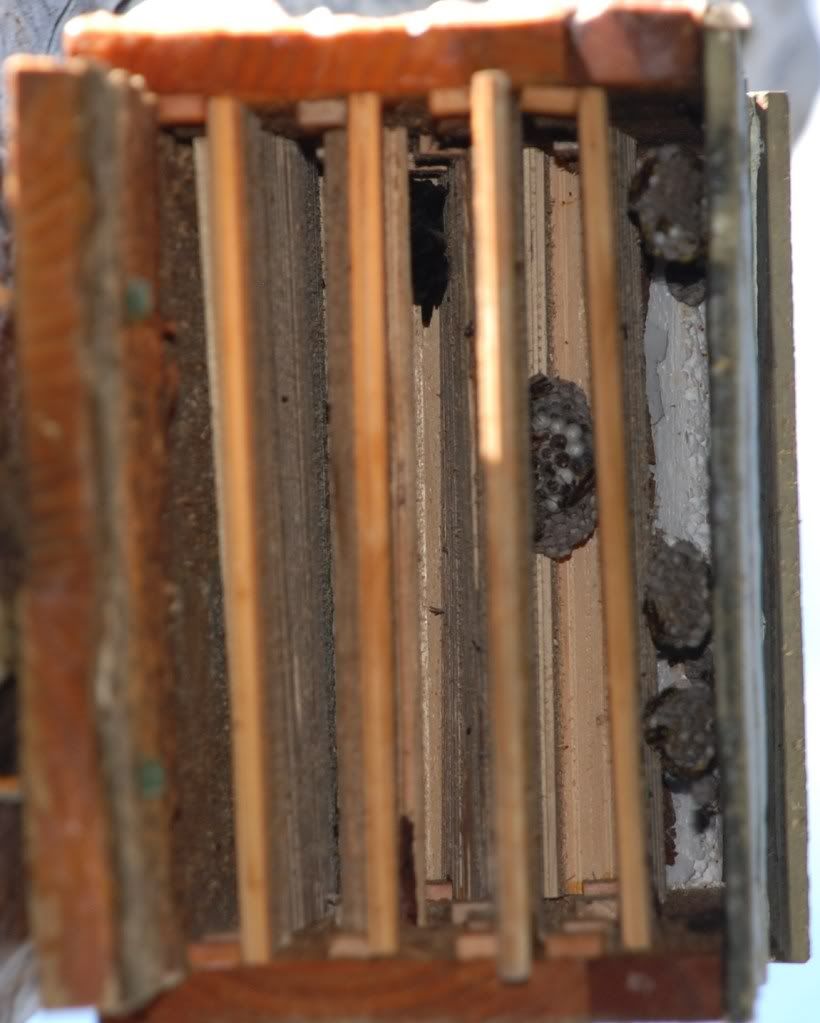
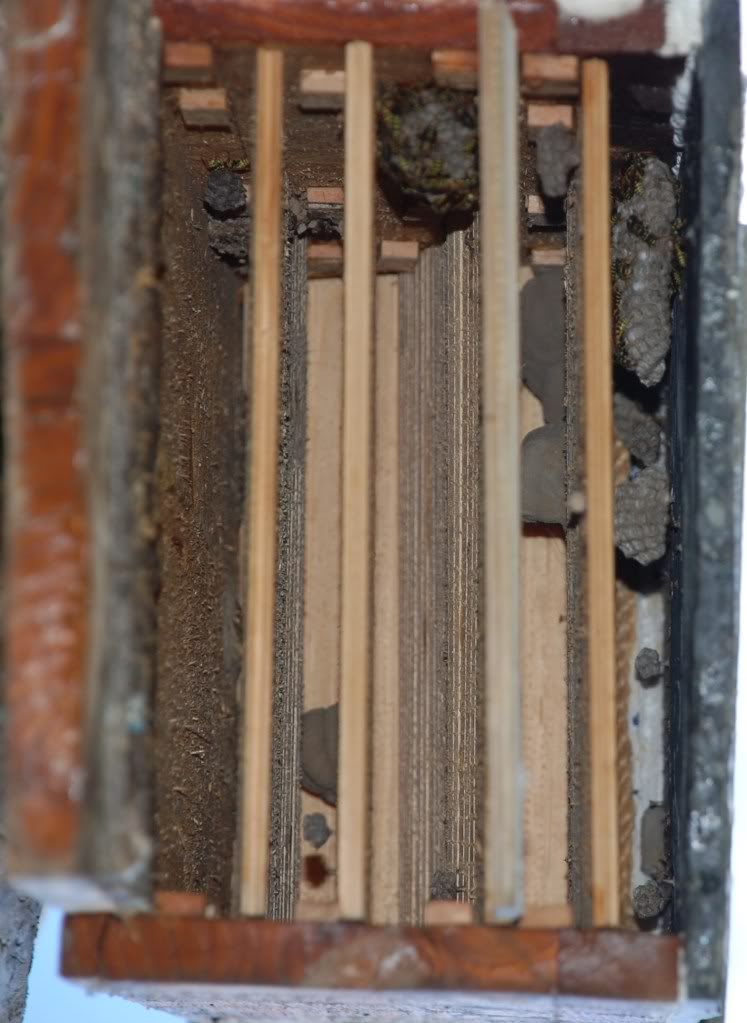

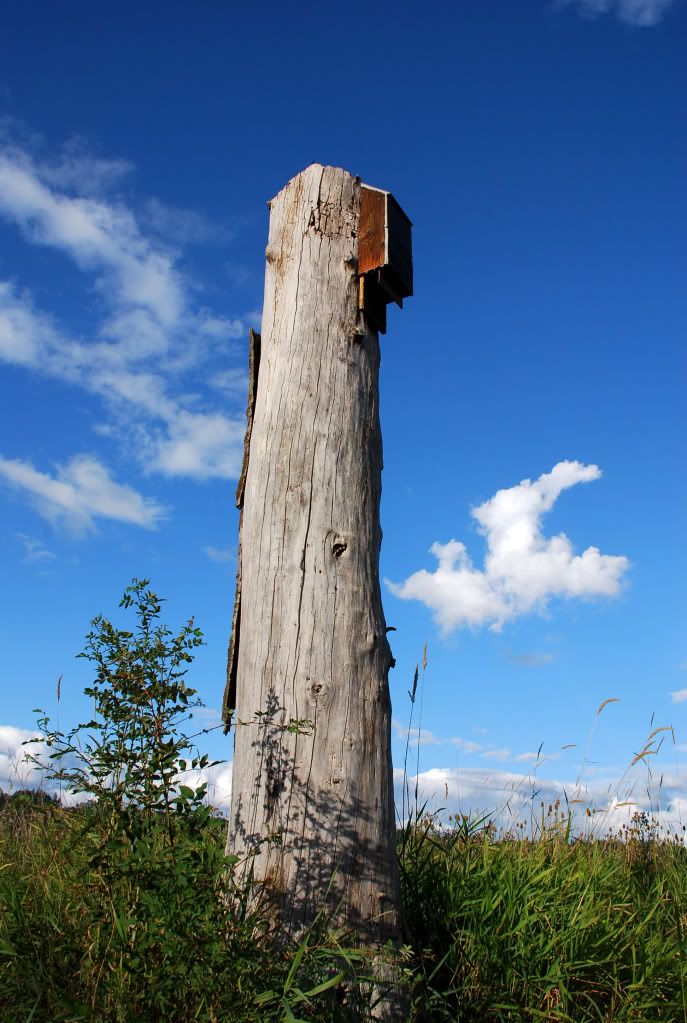
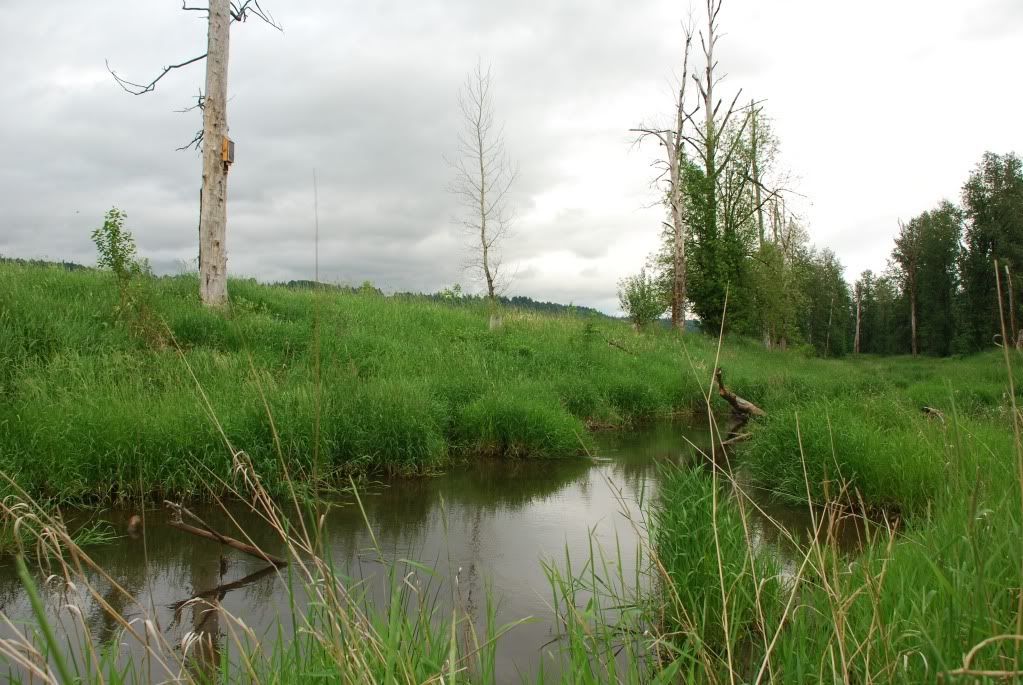
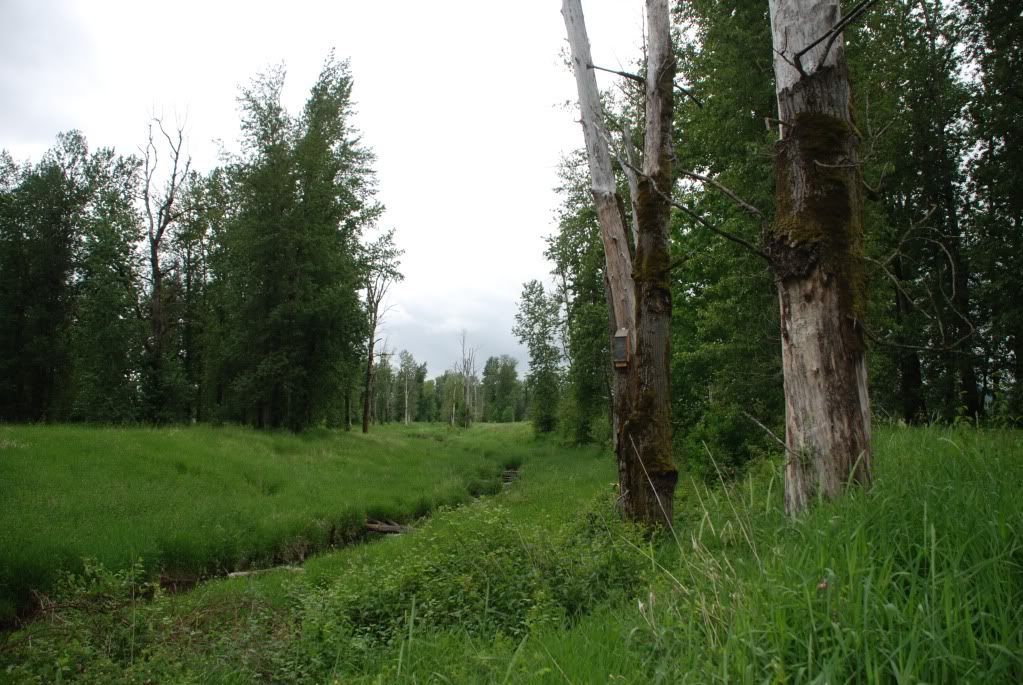
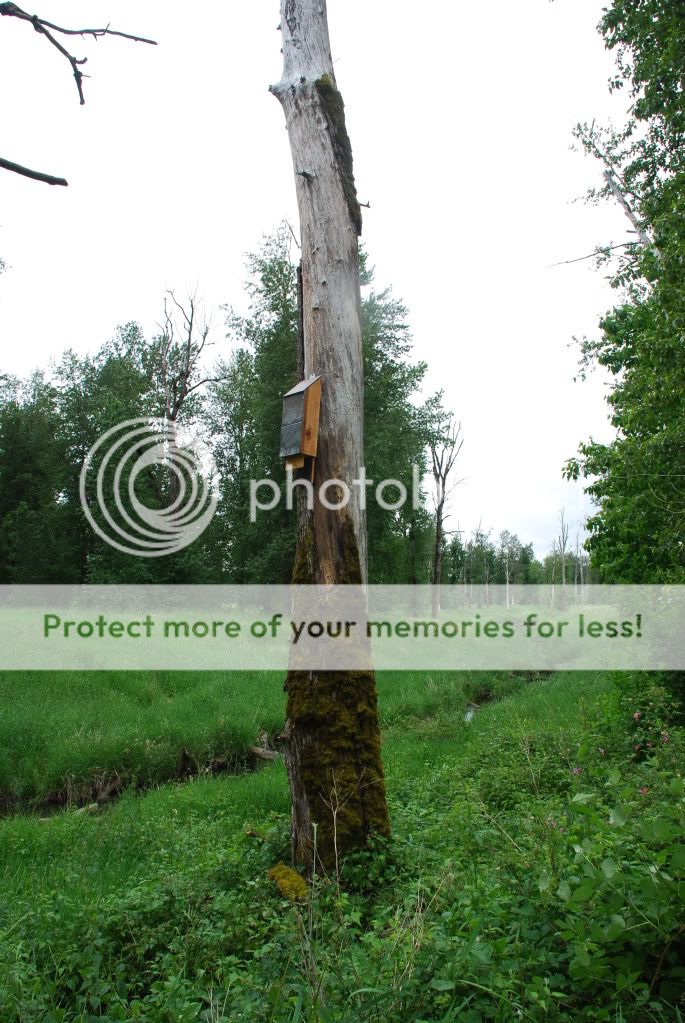
















 . The sun exposure and proximity to water are key requirements.
. The sun exposure and proximity to water are key requirements.

















